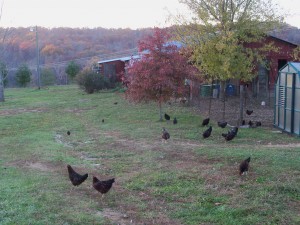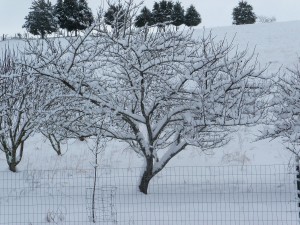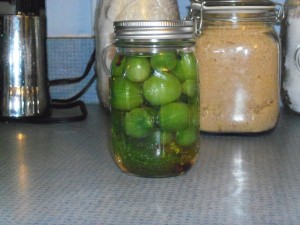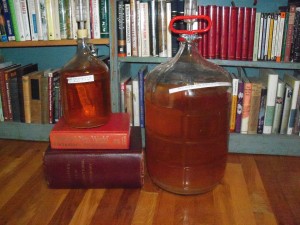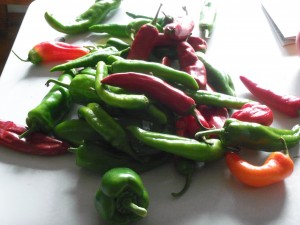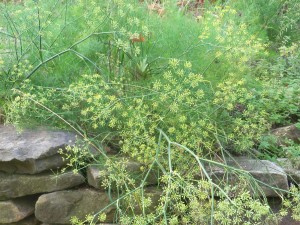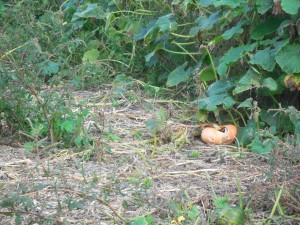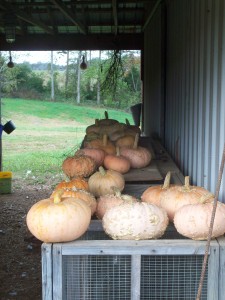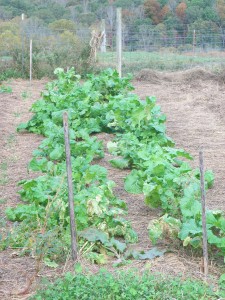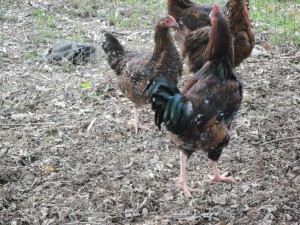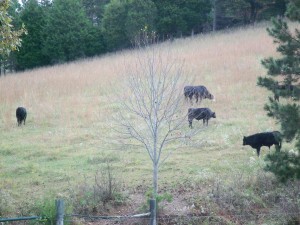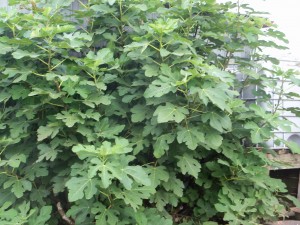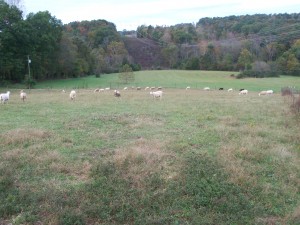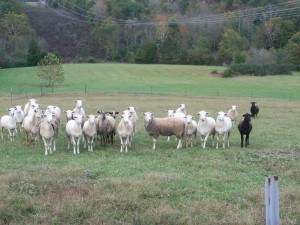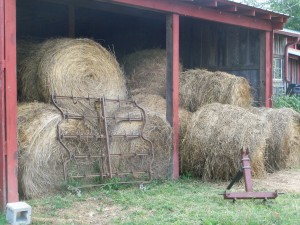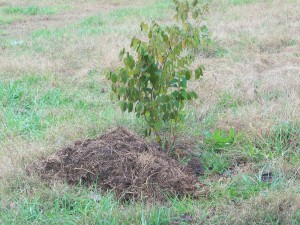“Winter is beginning to lose its grip.” What clueless chump wrote that bit of wisdom last Sunday? After penning those wishful words, I’ve watched our world here in East Tennessee fall into the deep freeze.
Our average high at this time of year is 53 degrees, with a low of 31. That comfortable range is one of the reasons living in Tennessee is such a joy. Each of the four seasons has a clear character, none too extreme, and about the time we tire of one, the next arrives. There are, of course, on occasional years, the extremely cold winter or the miserably hot summer. This is clearly one of the former.
Last Saturday we had a teaser of above average temps, which prompted the above bit of optimism. That was followed by a very cold week here on the farm. Yesterday, we had a brief respite, as the mercury climbed into the middle 40s. We spent Valentine’s Day thawing hoses and refilling stock tanks; we set posts in concrete and drove T-posts and stretched woven wire on the new horse paddock.
While we worked to complete this project, Bonnie, our newest work horse, eyed us from a neighboring corral. Pregnant ewes stuck their noses through the gate to conduct their smell test on her. Roosters chased hens under her feet, and Delores moseyed about her paddock next to the corral with piglets in tow—new experiences all for a horse that had spent her days working on a dairy in Minnesota.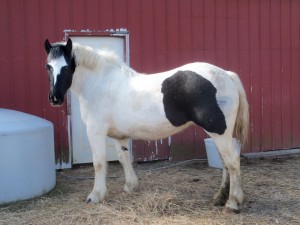
We completed the back fence on the new paddock around noon. Cindy began setting up the propane burner and chicken-plucker for our friend Sara. She had called earlier in the morning with a surfeit of male birds vying to be cock o’ the roost. Sumptuous dishes like coq au vin and dumplings lay ahead, but first the killing, plucking, and cleaning of eight bloodied and bruised roosters.
While Cindy helped with the butchering, I sneaked off to buy a late Valentine’s card to present during our evening dinner (Cindy having done the same earlier in the morning). By mid-afternoon we had settled down in the house, she for a nap and I to finish a mystery by Martin Walker. Coffee at four and then we headed out for a couple of hours of chores.
We fixed together a dinner of roast leg of lamb, mashed potatoes and “squishy greens,” and cheesecake for dessert and turned in early for a well-deserved rest.
This morning the low registered 13, with a projected high later of 29. Four to seven inches of snow are in the forecast for this evening and tomorrow and a low of minus 3 for Wednesday night. The cattle need to be moved to a late winter pasture, ice will be broken on troughs, and there is a bit of fencing I need to repair in the back forty. The sheep are bawling for hay—three ewes were due to lamb last night. I hear Delores snorting for feed. It is time to call the dogs and do the chores.
With the week ahead calling for another significantly cold week, I wonder if my ancestors had some ritual, besides sipping whisky, to bring on the warmth of an early spring. God knows I’m ready for it. At least our farm isn’t in Boston.
……………………………………………………………………………………
Reading this weekend: The Crowded Grave by Martin Walker, Our Only World by Wendell Berry and A Guide to the Good Life: the ancient art of stoic joy by William Irvine.

